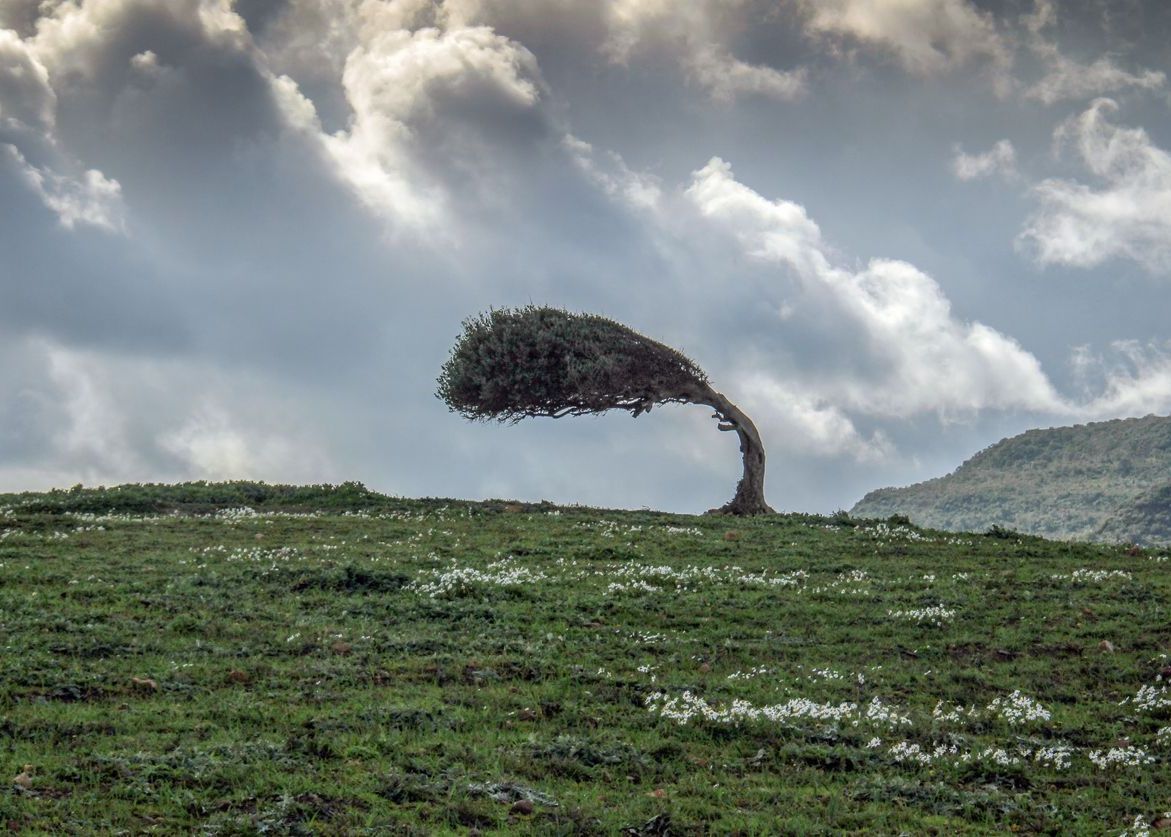- Startseite -
- Digital Bavaria -
- Blog #bytevaria - Beer in Bavaria – an overview of the Bavarian art of brewing
Beer in Bavaria – an overview of the Bavarian art of brewing
What is considered the Germans’ national drink is the staple food in Bavaria – beer, also called "liquid bread". No wonder that a traditional Bavarian “Weißwurst” breakfast includes sweet mustard and a pretzel, and of course the essential wheat beer. According to Bavarian folklore, this hearty breakfast must be consumed before 12 noon, otherwise you will be denied access to the Weißwurst veal sausage heaven. We get to the bottom of the myths surrounding Bavarian beer and start with the toast that is customary in this country: “Hopfen und Malz, Gott erhalt’s” (May God save the hops and malt).
Bavaria as a pioneer of German beer production
The Germans are not considered the inventors of beer, but through the world famous Oktoberfest in Munich, beer has become one of Germany’s ultimate trademarks. Bavaria plays a very special role in this respect: almost half of all German breweries are located in Bavaria. 647 brewhouses are at home here. Bavaria therefore has the highest density of breweries in the whole of the Federal Republic, especially in the region of Upper Franconia. With 167 breweries, the administrative district is the No. 1 beer region, followed by Upper Bavaria with 136 and Swabia with 84 breweries.
The small community of Aufseß in the Upper Franconian district of Bayreuth has even made it into the Guinness Book of World Records with the highest density of breweries per inhabitant. There are four different breweries for just 1,287 inhabitants (as of 2018). Being able to hold your own in the face of this competition proves no beer tastes like any other. Beer lovers have the opportunity to taste the regionally brewed beers during a beer hike along the Brewery Trail around Aufseß.

The history of beer in Bavaria
The oldest still existing brewery in the world is the Bayerische Staatsbrauerei Weihenstephan. It was founded over 1,000 years ago as a Benedictine monastery brewery in 1040 and is located on the Weihenstephan hill in Freising, about 40 km from Munich. Surrounded by the still young TUM School of Life Sciences, resulting in an interplay between tradition and the modern. Anyone interested in the general process of making beer can take part in one of the numerous brewery tours offered throughout Bavaria.

Thanks to the Bavarians
It is thanks to Duke Wilhelm IV of Bavaria and his brother Ludwig the X that beer brewed in Germany has been subject to the Bavarian Purity Law since 1516. Beers brewed in accordance with the Purity Law may therefore not contain any ingredients other than:
- Water
- Malt
- Hops
- Yeast
The Bavarian brewing tradition according to the Purity Law was even elevated to the status of a Bavarian intangible cultural heritage in 2015. “This award underlines how closely the brewing industry is linked to Bavarian culture and tradition,” says the President of the Bavarian Brewers' Association, Friedrich Düll.
Success through innovative variety
A total of 40 different types of beer are produced in Bavaria. One in four beers in Germany is brewed here. Whether it’s cellar beer, lager, wheat beer, Zoigl, Bock beer or Bavarian Pils. Each variety has its own unique taste thanks to different types of malt and fermentation methods. One speciality in Bavaria is the Rauchbier (smoked beer), which comes from Bamberg in Franconia. By smoking the malt over beech wood, the beer acquires a distinct smoky taste.
The new trend in Bavaria and all over the world: craft beer
Craft Beer refers to beer creations that are handmade and produced by an independent brewery or by hobby brewers. With more than 500 types of malt and over 200 yeast strains and hop varieties, there are no limits to how creative you can be in combining them.
In terms of taste, the intense hop aromas can be described as fruity, sweet or slightly bitter, depending on the type of beer, paired with a coffee/caramel note. The growing number of beer shops specialising in exotic refreshment in this country is proof of this: craft beer is becoming more and more popular in Bavaria.

What types of beer are there?
Basically, a distinction is made between top-fermented and bottom-fermented beers, depending on the yeast strain used. Top-fermented beers are brewed at a room temperature of 15 to 20 degrees Celsius in open brewing kettles. Here, the yeast rises to the surface during the brewing process. Bottom-fermented beers, on the other hand, require cold fermenting cellars with temperatures between 4 and 9 degrees Celsius. The yeast collects at the bottom of the kettle and the fermentation process takes place in the lower part of the brewing kettle.

Top-fermented beer in Bavaria
A typical Bavarian beer is the top-fermented wheat beer. Since it is brewed with wheat malt, the name Weizen, abbreviated for Weizenbier (wheat beer), is equally common in Bavaria and the rest of Germany. In terms of taste, the wheat beer can be described as fruity and extremely refreshing. The filtered variety is called Kristallweizen, the unfiltered and therefore naturally cloudy variety is called Hefeweizen. Particularly popular Bavarian wheat beer varieties are the light or dark Hefeweizen as well as the alcohol-free and low-calorie beers.

Bottom-fermented beer in Bavaria
Bottom-fermented beers include the Helle, as well as the cellar beer or Zwickel beer. It is also called lager or country beer. The term lager dates back to the 16th century. As there were no adequate cooling methods available at that time, bottom-fermented beer was brewed, bottled and stored in winter. In terms of taste, the light malts provide a sweet and malty note. The alcohol content is rather low. It is between 4 and 5 percent.
The tradition of the beer garden
Bottom-fermented beer was brewed with a higher alcohol content, stronger hopping and a higher original gravity to prolong its shelf life. Full-bodied beer could therefore be stored in March and served until autumn. This is also the reason why the probably most famous lager, the Oktoberfest beer, used to be a “Märzen”, which was already brewed in March.

Large chestnut trees were planted on top of rock cellars to protect them from the summer heat. And so the first beer gardens were created. Nowadays beer gardens are a popular place to spend time, especially in summer. Locals meet here for a beer after work and a visit to the beer garden is at least as popular for tourists as the Oktoberfest. Thanks to the Bavarian Beer Garden Act, you have also been permitted to bring your own snack with you in Bavaria since the 19th century.

Which food do you drink beer with in Bavaria?
While the Swabians like a barley drink with their sausage salad, the Upper Bavarians traditionally prefer a chicken or a Bavarian bread and cold cuts snack with their Maß beer:
- Pretzels
- Radishes
- and Obatzda (a Bavarian cheese preparation).
Beer is also great for using in cooking. A delicious beer speciality from Upper Franconia is for example the “Herb noodles with Bamberg beer onions” dish or the classic delicacy from Nuremberg, “Gingerbread and cherry dessert with dark beer foam”.
The Bavarian pub culture
Besides beer festivals and beer gardens, the pub culture is firmly anchored in Bavaria. Meeting in the late morning for a so-called “Frühschoppen”, a social gathering in a pub, is quite common in Bavaria. No wonder that the per capita consumption of beer in Bavaria is well above the national average of 102 litres at 130-135 litres per year (2018). The Hofbräuhaus in Munich is internationally one of the most famous pubs in Bavaria.

Bavarian beer is a world champion
The amber-coloured “Barock Dunkel” from Weltenburg is considered the best dark beer in Bavaria and the world. It has already won the "World Beer Award" three times. Every year a beer queen is also crowned in Bavaria, in addition to the Franconian Wine Queen. Anyone who is very familiar with the various types of beer, hops and malt as well as the brewing process and who can stand up to the competition can be a representative of the Bavarian cultural heritage for one year. Veronika Ettstaller, the 10th Bavarian Beer Queen, made it in 2019 and was allowed to be present at the opening of the Oktoberfest as well as at the Bavarian EU representation’s appointments in Brussels.

From hydrogen to chip design – how cross-industry innovation creates business opportunities for foreign investors in Bavaria

Our ABCs of Funding: Find the most important information about funding!


![[Translate to English:]](https://ik.imagekit.io/sgliwi1izsz/media/images/team_2021/mitarbeiter/Hr.Julian.Hechler_klein_V1.jpg?tr=w-1024 1024w, https://ik.imagekit.io/sgliwi1izsz/media/images/team_2021/mitarbeiter/Hr.Julian.Hechler_klein_V1.jpg?tr=w-1280 1280w, https://ik.imagekit.io/sgliwi1izsz/media/images/team_2021/mitarbeiter/Hr.Julian.Hechler_klein_V1.jpg?tr=w-1536 1536w, https://ik.imagekit.io/sgliwi1izsz/media/images/team_2021/mitarbeiter/Hr.Julian.Hechler_klein_V1.jpg?tr=w-1920 1920w)